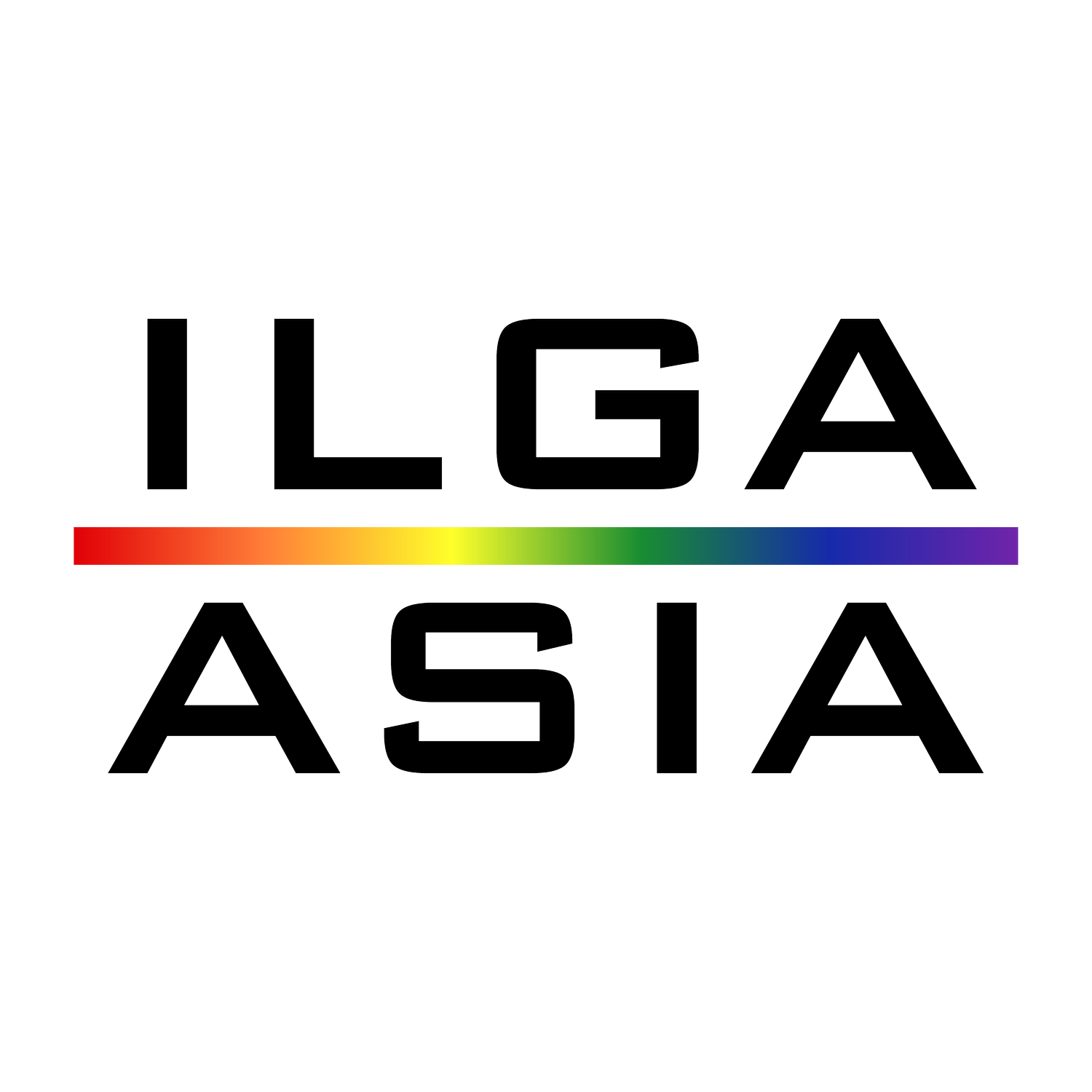Dare to dream: The ongoing voyage from invisibility to community empowerment, and foray into the region for LGBTIQ in Vietnam
Executive Summary
Dare to dream: The ongoing voyage from invisibility to community empowerment, and foray into the region for LGBTIQ in Vietnam provides a glimpse of an arduous yet promising movement of the LGBTI community in Vietnam.
The report is based on interviews with leaders of 8 local organizations, each has 5-10 years’ experience working on diverse issues of the community. In Vietnam, the political structure, legal framework (or lack thereof), traditional values and diverse religions created a uniquely challenging environment for LGBTI rights advocacy in particular and human rights advocacy in general.
Since 2008, the LGBTI rights movement has made remarkable achievements in legal advocacy, social advocacy, and community development. Yet the existence of subtle discriminations in many forms, the lack of concrete legal protections, and the rigid system of both government and international stakeholders made it a lot more demanding for LGBTI people in both daily life and activism.
Currently, the movement in Vietnam is led by a young generation of activists, and the numbers of community organizations continuously increases. This brought new internal threats such as the lack of intergeneration, linkages between groups and sub-groups at certain points, and the difficulties for resource mobilization in general. There was also new blooming collaboration between rights-based and needs-based organizations, which proved that linkages and intersectional activities are possible in different forms.
In the next few years, the community will continue to pursue all mentioned pillars of the movement, with the focus goals are promoting effective legal change such as Marriage Equality, Law on Sex Transitioning; and social recognition for sexual orientation, gender identity and sex characteristic. Looking inside, intersectional collaboration is an essential element for the development and success of the movement, and the threat of unsustainable sources of funding and changing environment is still a serious issue for most organizations.




